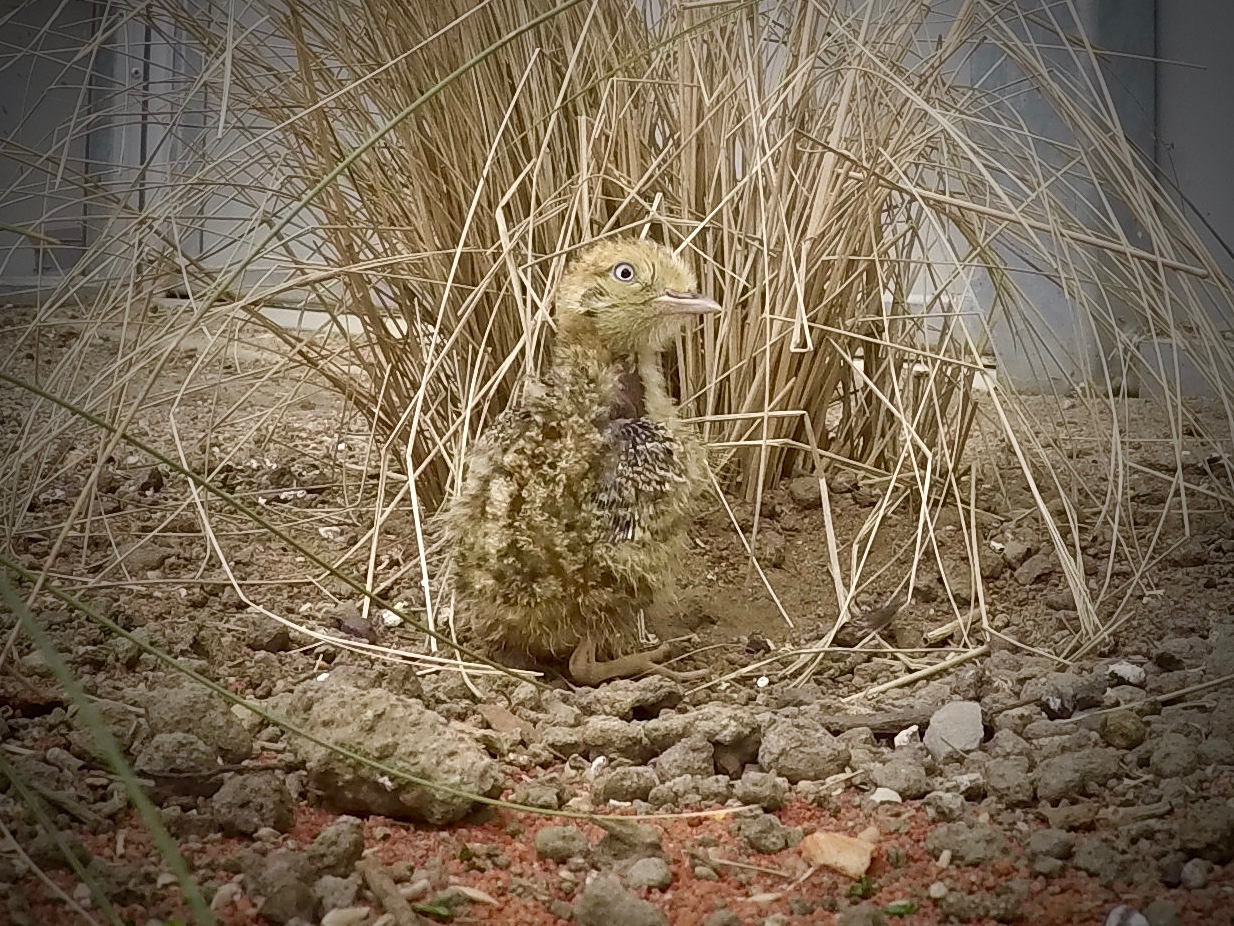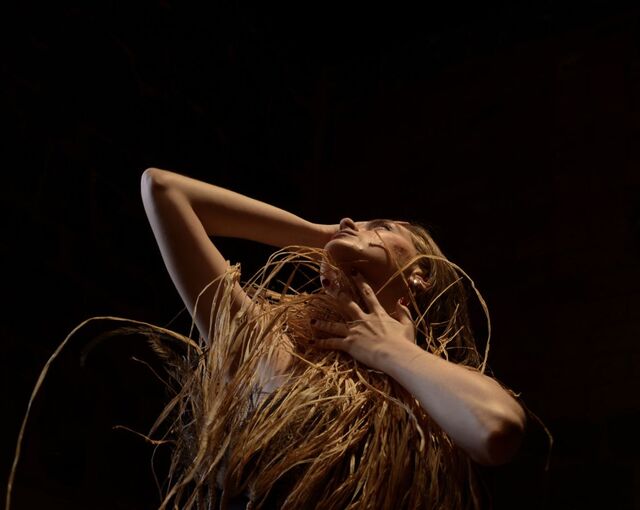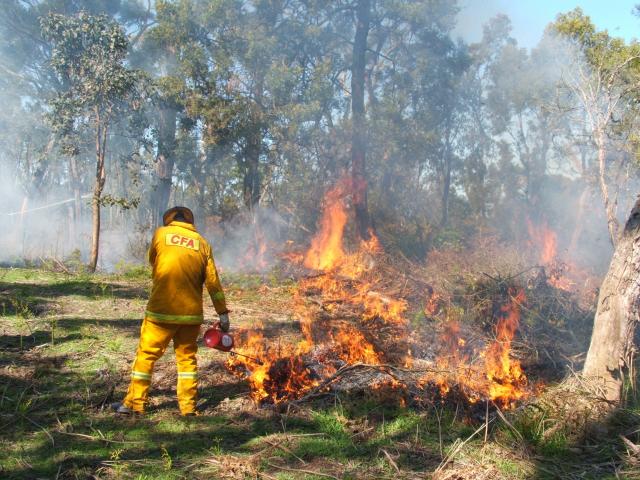By Joe Hinchliffe, The Age
Australia’s “most important bird” – and one whose conservation some scientists consider the most urgent of any bird in the world – has just taken a significant step back from the brink of extinction.
The critically endangered plains-wanderer once roamed the grasslands surrounding Melbourne.
So it is fitting that on these volcanic plains, for the first time in Victoria, the bird has been bred in captivity.
It can be revealed that on November 4 four healthy plains-wanderer chicks hatched at the Werribee Open Range Zoo. Their names: Quagmire, Jane, Ramble and Clinton.
The plains-wanderer is found only in south-eastern Australia and is ranked No. 1 in the world on the Zoological Society of London’s Evolutionarily Distinct and Globally Endangered bird list.
With fewer than 1000 mature plains-wanderers left in the wild and a population in decline, these four fluffy little bundles represent a milestone in the fight to stop the species dying out.
Should that fight fail, Australia would lose to extinction the only living member of the Pedionomidae family.
To put that in perspective, there are eight living species in the Hominidae – or great ape – family, to which humans belong. Which means that, taxonomically speaking, we are closer to chimpanzees and gorillas than plains-wanderers are to any other bird in the world.
Were they to become extinct, a globally significant branch of the tree of life would be hacked off.
Werribee Open Range Zoo threatened-species keeper Yvette Pauligk said Victorians should be proud to live alongside a creature of such international scientific interest.
“It used to be widespread across Williamstown, Werribee, all across the plains out there,” she said.
“This species should be in our backyard.”
Unlike most other birds, female wanderers are considerably bigger, more aggressive, territorial and better looking than their mates.
While he is tawny coloured and timid, she has a band of black and white feathers wrapped scarf-like around her neck. It is the father who raises the chicks.
“Her being the more attractive one, she is more dominant … she definitely calls the shots,” Ms Pauligk said.
If all goes well, chicks like the newborns will one day be released into the wild. The breeding effort is part of a national emergency plan hatched in 2016 in response to the fact that the bird’s decline has steadily increased since the turn of the century.
A major factor is that so much of its habitat is being swallowed up by suburban sprawl, grazing and crop land. Once widespread, the plains-wanderer’s dwindling population is now largely restricted to its last strongholds in Victoria’s northern plains and the NSW Riverina.
For now, the chicks will form part of an emerging insurance population. While Ms Pauligk is over the moon with Werribee’s four new arrivals, she is realistic about the species’ future.
“This is a huge step for the captive breeding program … but at the end of the day, this isn’t going to save the species,” she said.
“If there is not suitable habitat, we can’t release them anywhere.”







